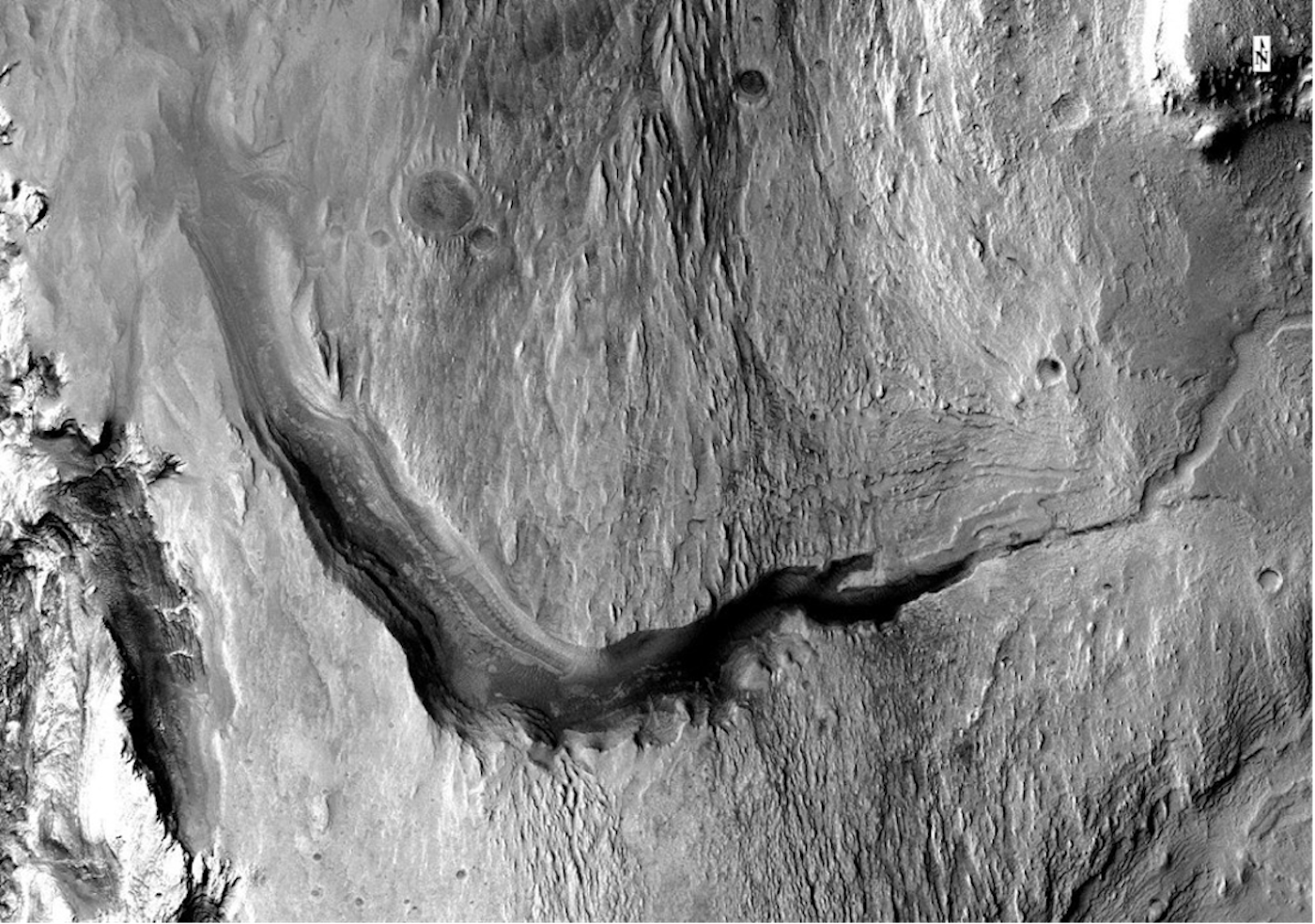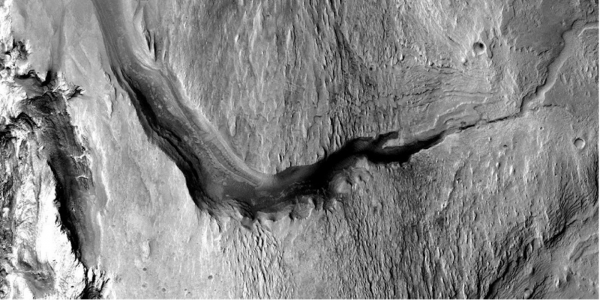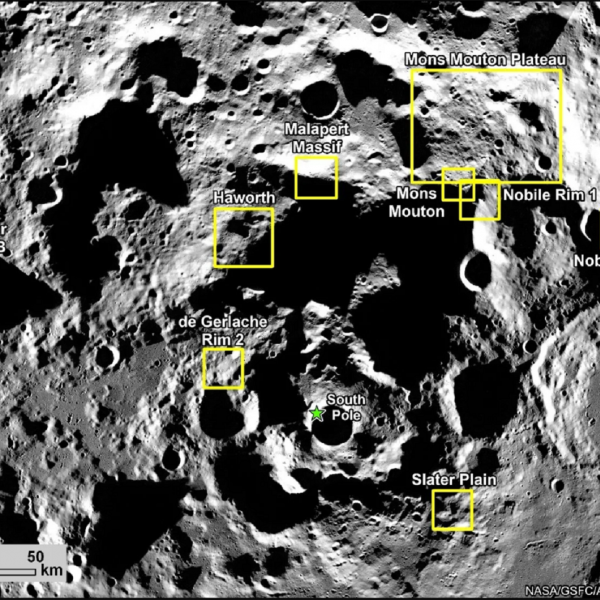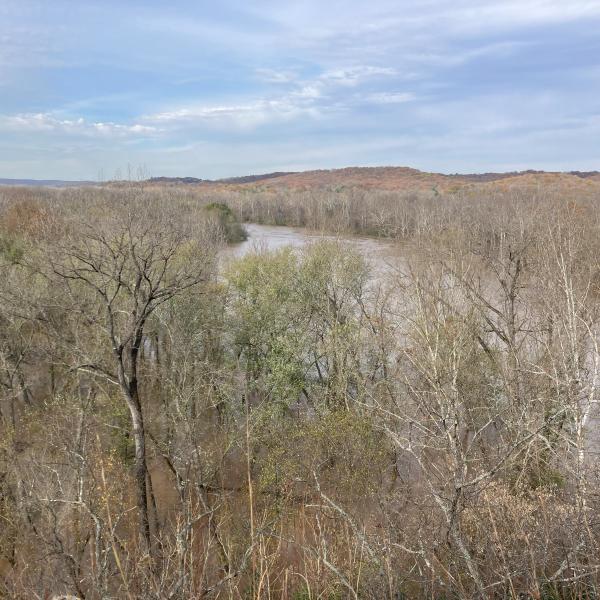Graduate student Madison Hughes has named a Martian canyon Sakarya Vallis after a river in Turkey.

Madison Hughes, a graduate student in the Department of Earth and Planetary Sciences, has gained a distinction few can boast: She recently named a canyon on Mars. The geographic feature, now officially named Sakarya Vallis, is located in Gale Crater.
Hughes selected the name to complement another nearby geographic feature, Gediz Vallis. The shared designation “vallis” denotes a feature similar to a valley on Earth, though, as is the case with Sakarya Vallis, some Martian valleys may be better termed canyons or even chasms. Both Sakarya Vallis and Gediz Vallis are named for rivers in Turkey, in keeping with naming conventions that require all valleys on Mars to be named for modern or classical rivers on Earth.
"Sakarya Vallis has been mentioned in previous papers, simply as one of several canyons on Mount Sharp," Hughes explained. "It was informally known as the Grand Canyon of Gale Crater, but, as you can imagine, that could be a little confusing for readers of my research! Since the canyon is such a large part of my upcoming paper, we thought it needed an official name."

Working with Raymond Arvidson, the James S. McDonnell Distinguished University Professor, Hughes studies the flow of past water on Mars. Hughes’ current research examines surface features that appear to be debris flow deposits within Sakarya Vallis and other nearby canyons and valleys on Aeolis Mons (also known as Mount Sharp) in Gale Crater. Her analysis of both Sakarya Vallis and Gediz Vallis will complement measurements from NASA’s Curiosity rover, which will explore Gediz Vallis in the coming years.
"The presence of these debris flow deposits within Sakarya Vallis and other valleys on Mount Sharp indicate that there was significant groundwater at the time of their formation," Hughes said. "This requires precipitation in the form of rainfall or snow in this region even after the formation of the large canyons and valleys on Mount Sharp."
What’s in a name? Planetary bodies and their features are conventionally named by the people who discover them, pending official designation by the International Astronomical Union (IAU), which facilitates international cooperation among professional astronomers all over the world. As part of the process, the IAU considers the power of naming and the messages that names convey. For example, with the permission and collaboration of the Navajo Nation, NASA scientists working on the Perseverance mission have used Navajo words to name landmarks on Mars with similar geology to features on Earth. Similar consideration was given when renaming the distant Kuiper Belt object formerly known as Ultima Thule to Arrokoth, a term meaning “sky” in the Powhatan/Algonquian language.
"Getting to name the landmark you’re working on is a special opportunity for any geoscientist," Hughes said. "For me, it adds a level of significance to the research I’m doing on the evolution of Sakarya Vallis. I’ll always be deeply connected to this place, even though it’s on another planet."
Hughes officially submitted the name Sakarya Vallis to the International Astronomical Union’s naming committee last fall, and they accepted it December 14, 2020.




